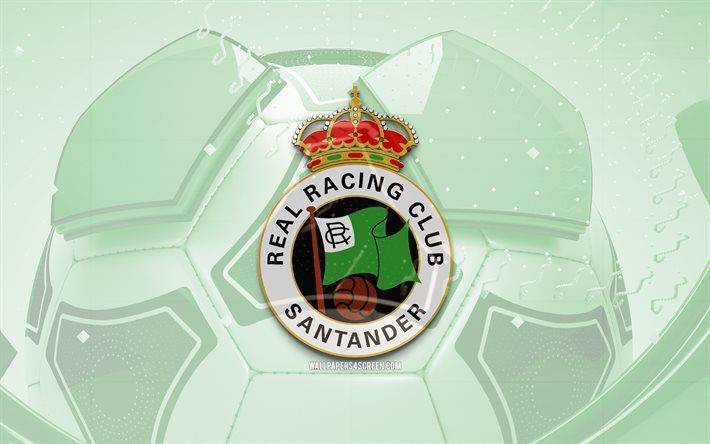
Racing Santander FC
Racing Santander FC, fondly known as Racing, has woven itself into the rich tapestry of Spanish football. With a history that dates back to its founding in 1913, this club not only carries the weight of nostalgia but also serves as a beacon for generations of passionate supporters. The narrative of Racing Santander FC is one of triumphs and tribulations, embodying the spirit of resilience and camaraderie that defines football FUN88.
Historical Background of Racing Santander FC
The inception of Racing Santander FC can be traced back to the early 20th century, a period marked by significant socio-political changes in Spain. Founded by a group of local enthusiasts, the club began its journey in the regional leagues, slowly carving out its identity amid the burgeoning landscape of Spanish football.
Origins and Founding Years
Established on the 14th of March, 1913, Racing Santander FC set out with the ambition of representing the northern region of Cantabria. The name “Racing” was inspired by the English word representing speed and competition, aiming to capture the essence of the sport at a time when football was evolving rapidly across Europe.
In its formative years, Racing played friendly matches and participated in local tournaments, gradually gaining recognition. The passion for the sport was palpable in the streets of Santander, echoing through the neighborhoods lined with enthusiastic supporters.
As the club navigated the complexities of early competitions, it formed alliances and rivalries that would come to shape its identity. During this era, Racing began to attract local talent and garnered a following that would lay the groundwork for its future success.
Rise to Prominence
The ascent of Racing Santander FC within the ranks of Spanish football culminated in its promotion to La Liga, Spain’s premier division, in the 1930s. This era marked the beginning of an exciting chapter, as the club showcased its competitive spirit against some of the country’s most prestigious teams.
With notable victories and a reputation for fostering young talent, Racing quickly became a formidable force in the league. The team drew attention not only for its results but also for its style of play, characterized by fluid passing and attacking prowess. Local players made a significant impact, adding a unique flavor to the squad and further deepening the connection between the club and its supporters.
As Racing continued to establish itself in La Liga, the passionate fanbase grew alongside the club. The iconic El Sardinero stadium became a fortress, where collective chants reverberated off the walls, creating an atmosphere that ignited the team’s performances on the pitch.
Challenges and Resilience
Despite the early successes, Racing Santander FC faced numerous challenges throughout its storied history. The backdrop of the Spanish Civil War interrupted the momentum, leading to a temporary halt in competitive fixtures. However, the club managed to emerge from these tumultuous times, exhibiting resilience that would become a hallmark of its identity.
Over the decades, Racing endured fluctuations in performance, grappling with relegations and promotions. Each setback was met with unwavering support from its loyal fans, who remained steadfast in their commitment during difficult times. This bond between supporters and the club exemplifies the emotional connection that lies at the heart of football.

